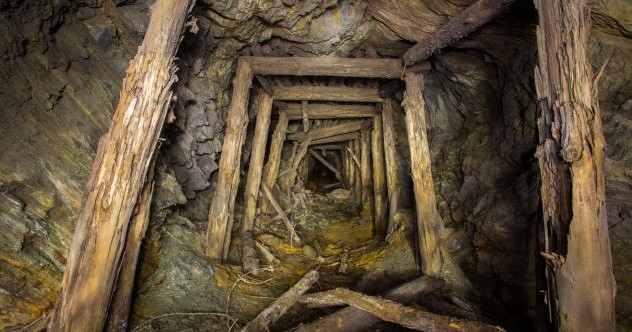Now Reading: 10 Daring Tunnel Escapes
-
01
10 Daring Tunnel Escapes
10 Daring Tunnel Escapes

Quick Summary:
- Joaquin Guzmán (“El chapo”) captured in 2011, escaped twice-once in a laundry basket and once via a tunnel. Recaptured in 2016; extradited to the U.S. in 2017 where he is serving life plus 30 years.
- Numerous past prison escapes over centuries involving tunnels include innovative methods, some triumphant and others recaptured:
– Libby Prison Tunnel (1864): Union POWs escaped through chaotic, overcrowded conditions; only 58 of the original group avoided recapture or drowning.
– Pulaski Tunnel (1910): edward Pulaski saved his crew by leading them into an Idaho mine tunnel during a massive wildfire.
– “Harry” Great Escape (1944 WWII): Roger Bushell led an elaborate plan resulting in freedom for three POWs out of 76 escapees; hitler ordered executions for recaptured prisoners.- Tunnel 57 (1965 Berlin Wall): German students helped relatives cross into West Berlin through a handmade tunneling effort enabling escape for nearly one-fifth of all successful tunnel users.
- Indian example includes Vellore Fort LTTE escape (1995), where controversial digging resulted in freedom for Tamil Tiger militants under suspected bribery claims.
Indian Opinion Analysis:
Prison breaks like the Vellore Fort incident highlight systemic lapses and raise questions about institutional accountability. While some view groups such as LTTE as freedom fighters, their activities ultimately underline broader geopolitical challenges tied to insurgencies. Historical prison escapes showcase human ingenuity but also reveal vulnerabilities rooted either in mismanagement or infrastructural weaknesses.
India’s example at Vellore emphasizes local corruption both potentially aiding escapes and inhibiting investigations. From public safety concerns to governance issues surrounding high-security detention facilities, these incidents call for improved oversight mechanisms while balancing humane treatment considerations within prisons.
For societies grappling with internal security threats-and areas prone to political activism-such narratives offer lessons on maintaining vigilance without compromising civil liberties or ethical policies on incarceration practices.Read More
























